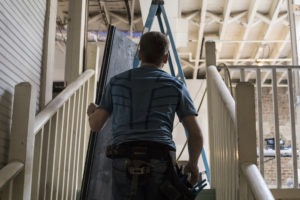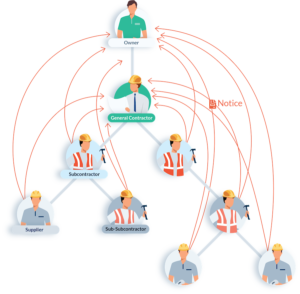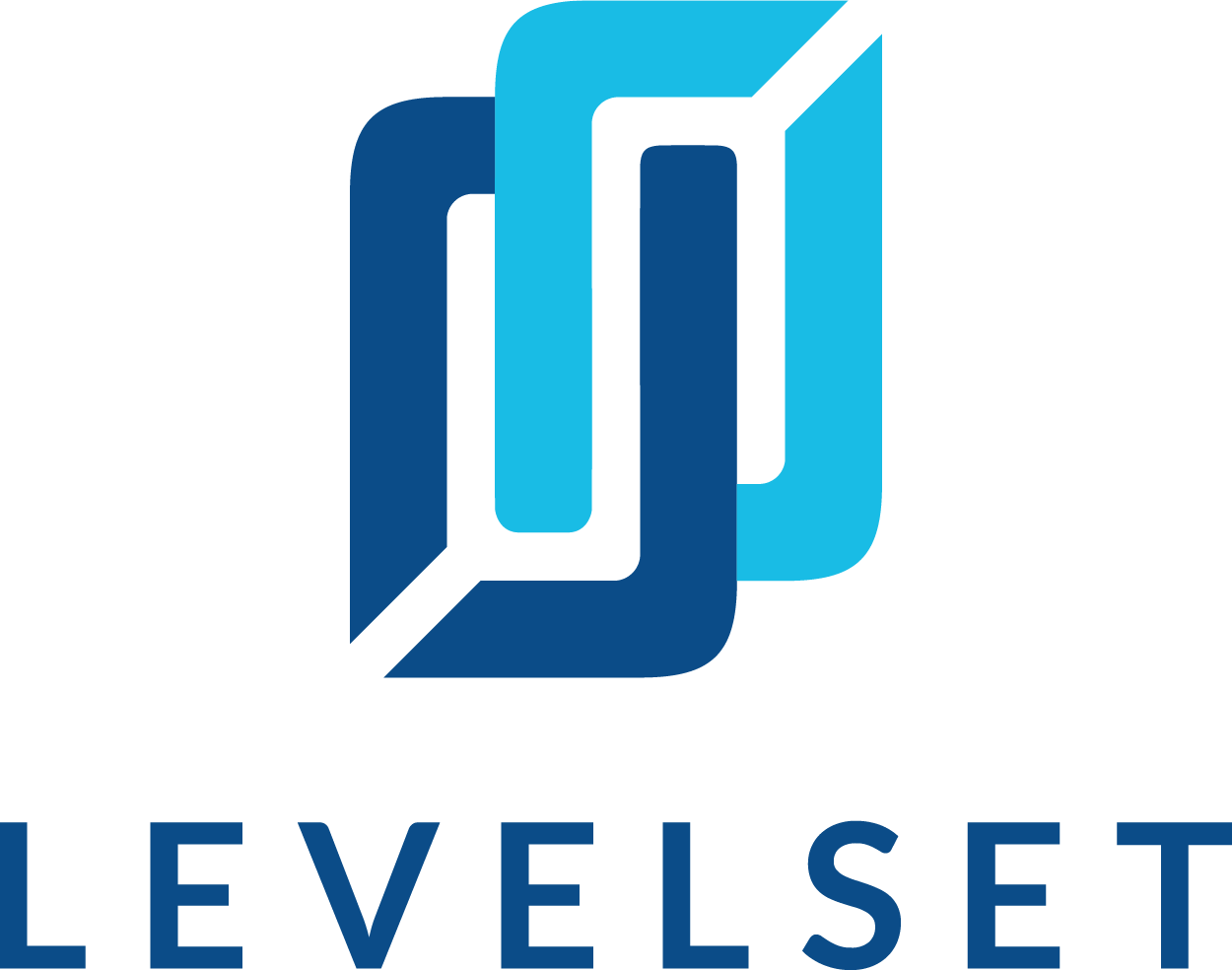
Construction industry veterans and readers of this blog are equally well aware of how complex a construction project can be. Even your average, the everyday project will have multiple parties doing complicated, interdependent work, with multiple deadlines, constantly changing variables (many of which, like the weather, are beyond anyone’s control), and more all working together to make the successful outcome of the project and tough goal to meet.
Further complicating this is the fact that a typical project brings all of these parties together in multiple levels or tiers (at levelset, we call this the “payment chain” – more on this topic appears below), and it’s not uncommon for one project participant to not know some of the other important stakeholders involved on the project.
For example, since a subcontractor would typically contract directly with the prime or general contractor, it’s possible that the subcontractor may not know who the owner on the project is since the general contractor “stands between” the subcontractor and the owner on the project chain. When it comes to lien rights management, this can pose a big challenge, because knowing the identity and all of the contact info of the project owner (and sending them notice) is often a crucial part of the lien rights process.
The Complexity of the Typical Construction Project

And it is particularly challenging for these same parties near the bottom to know who at the top is holding the funds (typically the project or property owner, but on some projects, it could be another party entirely, such as the project lender).
Sending preliminary notices should combat this problem, but if you can’t identify the property owner, then who are you going to send the notice to?

The #1 reason liens get rejected: Bad information.
Learn more about job research team. We'll track down and verify all of the job information you need to complete your form and file a valid mechanics lien.

Preliminary Notices Usually Sent By People Who Don’t Know The Owner – Data From Actual Levelset Customers
As mentioned above, most parties on a project – and especially the lower-tiered parties – are not in direct contact with the owner. In fact, almost 90% of the preliminary notices sent through the Levelset system were sent by a party who identified themselves as being below the GC on the payment chain.
Despite their best intentions, the reality is that it’s tough for a vast majority of contractors to prepare an accurate notice when they are so far removed from the party who is holding all the cards (and the money). You can see this stress in some of these questions on our Expert Center about trying to figure out who the lenders, GCs, and others are on a project:
- How to get GC to answer our request for job information?
- If lender is unknown, and GC won’t provide, how do I find it?
Fortunately, there are a few tools, services, and help available that anyone can use to find and verify property ownership information so you can be sure you’re notifying the right people of your work.
How To Figure Out Who The Property Owner Is – Where to Look
County Assessor’s Office
County Assessors will typically provide property ownership information for free, and the info they have is often the most accurate and up-to-date. Most of assessor’s offices have online search tools you can use without any kind of account creation requirements or subscription fees.
Unfortunately, some states like California will not allow their counties to provide ownership information online, so you have to visit the office in person and make a public records request, which can eat up valuable time you could be spending on a job or developing your business. An additional burden is that you will likely need to know an exact property address or parcel number to perform a successful search (Get our Legal Property Description Cheat Sheet!)
Construction Job Databases
Several companies aggregate property information from county offices or by performing their own research and sell this information for a subscription fee. These providers can be a single source for ownership information across the county, but the service is not cheap, and you may have to commit to a long-term subscription plan. You’ll still have to spend time searching their databases and must have exact location information for your inquiry to return good, usable results. An added twist to using construction databases is that the information may not always be current or complete depending on how often the company updates its records.
Look at Notices of Commencements
Some states make researching construction projects easier than others. There are 5 states that make things super easy because they require “notices of commencement” be filed on the job. If you’re in one of these 5 states (Florida, Georgia, Ohio, Michigan, and Iowa), you can look at the county recorder’s office for a filed notice of commencement. These documents will identify all of the key property and project stakeholders, such as the construction lender and the property owner.
Levelsets’s Scout Research
Levelset helps contractors send the documents they need to protect their lien rights and get paid, but we also have research tools and services that empower companies to verify their job information and fill in any data gaps to ensure all of their documents are prepared correctly and sent to the right people.
The Scout Research Team uses multiple resources and tools in addition to Levelset’s own proprietary database to find ownership information. This access ensures that Scout is finding the most accurate and up-to-date project information. When evaluating any pre-lien notice services, it’s extremely important to look at how those services will help you get the job information more complete and correct.
Levelset’s Scout team performs the searches, which saves the user time they’d spend searching other sources like the ones listed above. Finally, Scout is a team of people rather than just a software program, so they are able to piece together snippets of incomplete information from multiple sources and combine them together to get the correct, complete, and required project information.
Request The Property Owner’s Information!
In many states, anyone on a construction job has the right to request information about who are the key stakeholders on the job. Contractors & suppliers will frequently use this Request For Information process to learn who the property owner, construction lender, or general contractor is on the job. In many cases, if the request is made and not answered, the party making the request will be protected against any later problems of not notifying those unknown parties, and/or the non-responding party may be penalized. Unfortunately, there are other times when this is not so clear, as you can see here.
Conclusion
If you’re in the majority of contractors who does not typically deal directly with the property owner, there are tools available to help make sure you’re preparing your notices accurately and sending them to the right place. However, just because the project information is mostly available if you know where to look, that doesn’t mean that finding the correct project information is easy, because it’s really not.
In fact, the challenge of finding all of the required project information – and making sure that information is accurate and complete – is one of the biggest obstacles that gets in the way of successful lien rights management for many different kinds of construction companies industry-wide.
If, like so many other construction companies, finding all of the project information required to manage lien rights is a hill too steep to climb, please take a look at how Levelset can help you get paid.

